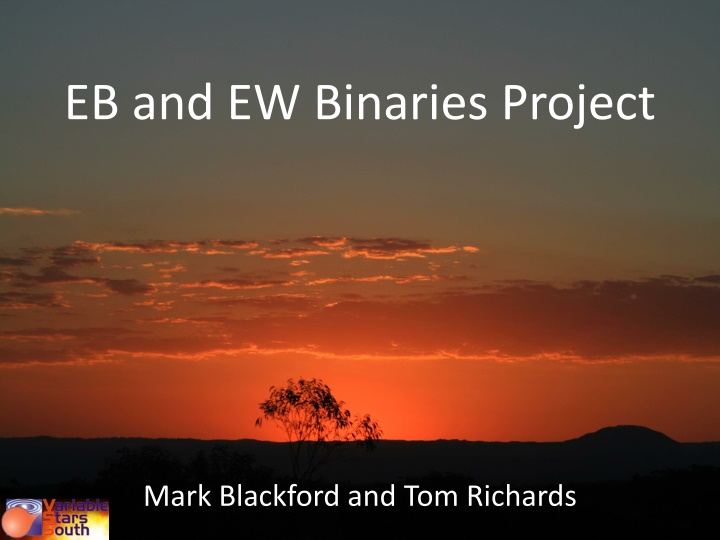
Binaries Project Overview: EB and EW Systems Analysis
"Explore EB and EW binary systems in the Binaries Project, detailing the characteristics, light curves, aims, astrophysical modeling, requirements, and DSLR targets. Ideal for observational studies and analysis in the field of astronomy."
Download Presentation

Please find below an Image/Link to download the presentation.
The content on the website is provided AS IS for your information and personal use only. It may not be sold, licensed, or shared on other websites without obtaining consent from the author. If you encounter any issues during the download, it is possible that the publisher has removed the file from their server.
You are allowed to download the files provided on this website for personal or commercial use, subject to the condition that they are used lawfully. All files are the property of their respective owners.
The content on the website is provided AS IS for your information and personal use only. It may not be sold, licensed, or shared on other websites without obtaining consent from the author.
E N D
Presentation Transcript
EB and EW Binaries Project Mark Blackford and Tom Richards
Outline Project described in VSS Newsletter 2014-2 EB (beta Lyrae) type eclipsing binaries have periods ~1 day with eclipses of differing depths EW (W Ursae Majoris) type have periods ~0.5 day with eclipses of similar depths Southern EB s and EW s generally neglected Ideal for time series observation using CCD (dimmer than V mag 10) and DSLR (brighter than V mag 10)
EB (beta Lyrae) type ASAS light curve of the EB binary V0525 Sgr
EB (beta Lyrae) type DSLR light curves of AE Phe
Project Aims Update light elements Obtaining complete transformed light curves in two or more bandpasses Investigate historical period changes (O-C analysis) Astrophysical modelling Publication of results
Astrophysical Modelling BinaryMaker 3 PHOEBE
Requirements Reliable mount and drive CCD + telescope or DSLR + lens Software for image acquisition (EOS Utility, BackyardEOS, MaxIm DL) photometric measurement and analysis (AIP4Win, MaxIm DL, Excel) Time of Minimum determination (Minima, Peranso) astrophysical modelling (BinaryMaker 3, PHOEBE)
DSLR Targets Most have rarely been observed since discovery and have woefully out of date light elements. Primary targets (16) - of specific interest to Ed Budding s group Secondary targets (99) - compiled from AAVSO VSX database (period <1.5d, maximum mag at least 10 in V, primary depth at least 0.1 mag)
DSLR Targets Min (Pri) 7.44 6.49 7.10 6.84 6.45 6.52 5.44 6.75 4.37 6.00 7.99 6.14 4.75 6.74 3.22 6.87 depth (Pri) 0.57 0.33 0.18 0.16 0.14 0.56 0.04 0.55 0.05 0.51 0.11 0.05 0.06 0.05 0.28 0.14 Period (d) 5.2950620 5.9985 0.980417 1.105686 1.093893 1.4900943 1.54259 0.536168 1.28214 1.8496224 0.798478 2.98179 2.58232 0.876165 1.44627 1.76791 Name V822 QZ V454 V462 V486 V716 V964 AA tau GG V727 AE PU V410 mu1 V356 Const Aql Car Car Car Car Cen Cen Cet CMa Lup Mon Pic Pup Pup Sco Vel Type EB/DM EB EB EB EB EB/KE EB EW/KE EB EB/DM EB EB EB EB EB/SD EB Max 6.87 6.16 6.92 6.68 6.31 5.96 5.40 6.20 4.32 5.49 7.88 6.09 4.69 6.69 2.94 6.73
DSLR Procedures Observers to generate finder charts and comparison star lists suitable for the field of view of their imaging system (also for CCD) Extinction correction and transformation are required, an Excel spreadsheet is available to perform these corrections (CCDs need TCs obtained separately but not extinction) Times of Minimum determined using Peranso or other software (same for CCDs)
Workflow Do one target at a time till you cover all phases Carry out transformed photometry, enter data into the observation file, upload to Dropbox Find minima times and period for your data Derive light elements Further (collaborative?): O-C diagrams, astrophysical modelling, results publication
How to Join the Project Read all about it on the website, download the Excel files Email Mark (m.blackford@optusnet.com.au) for DSLR work & advice including target selection Email Tom (tomprettyhill@gmail.com) for CCD work ditto Remember, the project is aimed at short periods so fast results, fast throughput, high satisfaction!


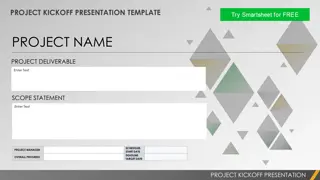

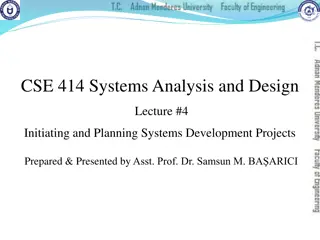
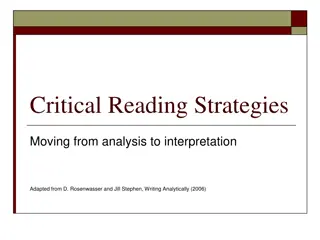
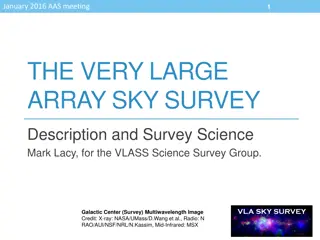


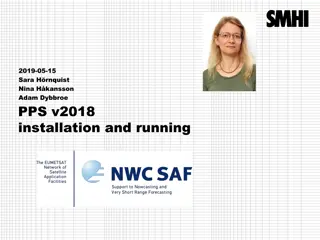


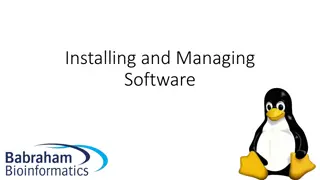


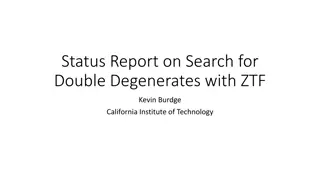
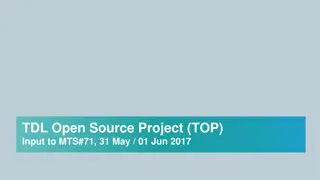

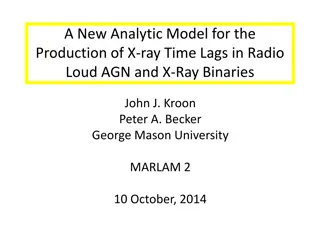
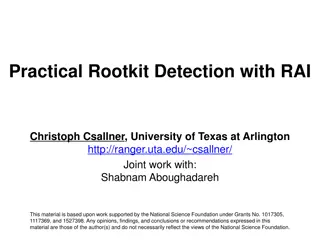
![Project Initiation Document for [Insert.Project.name] [Insert.Project.number]](/thumb/226757/project-initiation-document-for-insert-project-name-insert-project-number.jpg)

